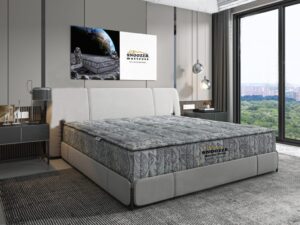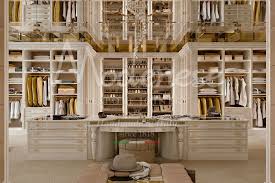For centuries, hospitality has been at the core of Arabic culture. From serving dates and coffee to seating guests on majlis floor cushions, the rituals of welcoming someone into your home are deep-rooted and sacred. But as lifestyles change and modern apartments replace traditional villas, there’s a question many homeowners in the UAE are now asking: Can Arabic hospitality still thrive in today’s modern living rooms?
The answer is not just yes—it’s already happening. The form may change, but the soul of hospitality remains. Let’s explore how.
Understanding Traditional Arabic Hospitality
To understand how this integration works, we need to look at what makes Arabic hospitality unique:
| Element | Traditional Role |
|---|---|
| Majlis | A dedicated space for guests, often with floor seating |
| Coffee and dates ritual | Symbol of welcome and generosity |
| Generous seating | Meant to accommodate extended family or guests |
| Privacy for women | Often separate guest and family areas |
| Time as a gesture | Long visits are encouraged as a sign of warmth |
Now contrast that with modern living spaces, especially in high-rise developments across Dubai, Abu Dhabi, and Sharjah. Space is tighter, functions are blended, and minimalism is in.
What Modern Living Rooms Prioritize
| Element | Modern Living Room Focus |
|---|---|
| Open floor plan | Blends dining, entertaining, and sometimes kitchens |
| Smart furniture | Multi-functional, minimal, and often modular |
| Tech integration | Smart lighting, built-in speakers, sleek TV displays |
| Visual aesthetics | Clean lines, neutral tones, designer decor |
| Space efficiency | Every piece needs to serve more than one function |
These aren’t contradictory goals—they just need thoughtful planning to merge.
How Modern Living Rooms Are Evolving to Keep Hospitality Alive
1. The Return of the Modular Majlis
Traditional majlis seating is low, plush, and often takes up an entire room. Modern living rooms in the UAE are reimagining this with modular L-shaped sofas or deep-seated floor cushions that can be rearranged based on the number of guests.
2. Coffee and Date Corners
Instead of traditional brass dallahs and side trays, residents are opting for a small, designated hospitality console—a chic station where Arabic coffee, dates, and sweets are still served, just in a sleeker format.
3. Flexi Spaces for Segregated Hosting
In apartments with open layouts, temporary partitions or subtle zoning techniques using rugs and lighting can help maintain the cultural practice of separate spaces for men and women during gatherings.
4. Blending Design Aesthetics
Modern doesn’t mean sterile. Arabic design elements like geometric patterns, mashrabiya screens, or accent walls in desert tones are being used to bring cultural depth to a contemporary space.
What Developers and Interior Designers Are Doing
Several UAE-based developers and designers are already fusing tradition with innovation:
| Developer/Designer | Notable Feature |
|---|---|
| Ellington Properties | Uses majlis-inspired seating areas in open-plan apartments |
| Al Barari Homes | Organic materials with Arabic-inspired courtyard layouts |
| Studio M Interiors | Projects that blend minimalist palettes with mashrabiya detail |
| Sobha Realty | Floorplans that accommodate multi-purpose guest zones |
Tips for Homeowners: Keeping Tradition Without Sacrificing Style
Choose versatile furniture: Go for low-profile sectionals that mimic majlis arrangements, but with storage built in.
Add warm layers: Use textured fabrics, layered rugs, and plush cushions to create inviting, sit-anywhere spaces.
Create a hosting ritual: Even if you don’t have a traditional coffee pot, a curated tray with dates, sweets, and Arabic coffee cups can serve the purpose.
Use scent and sound: Arabic hospitality isn’t just visual. Oud diffusers, soft Arabic music, or the scent of gahwa brewing can complete the experience.
Zone smartly: Rugs, lighting, and ceiling treatments can help define separate areas for guests and family within the same room.
Common Mistakes to Avoid
| Mistake | Why It Doesn’t Work |
|---|---|
| Over-styling with heavy patterns | Makes the space feel dated or crowded |
| No flexible seating | Limits your ability to host more than 3–4 people |
| Pure minimalism with no warmth | Feels uninviting and cold for traditional hospitality |
| Poor lighting choices | Ambient lighting is key for welcoming environments |
The living room has always been the heart of a home, and in Arabic culture, it’s the beating pulse of hospitality. But modern life brings constraints—of space, time, and taste. The solution isn’t to abandon tradition. It’s to reinterpret it.
In 2025, Arabic hospitality and modern living rooms are not just coexisting—they’re elevating each other. Through intentional design and cultural sensitivity, we’re seeing homes across the UAE where the warmth of the old world meets the elegance of the new.
And that’s not just good design. That’s good living.

)
)
)
)




